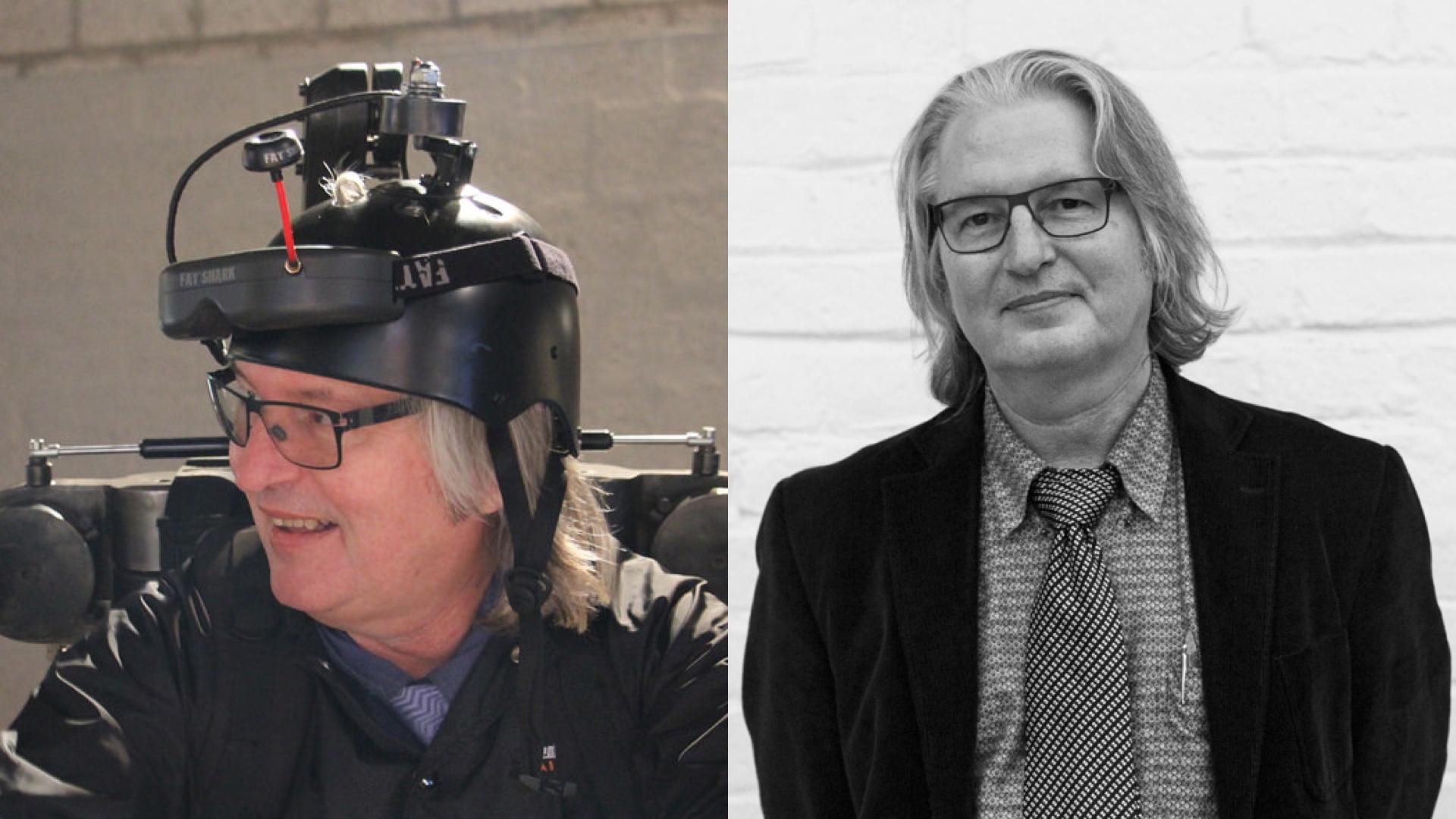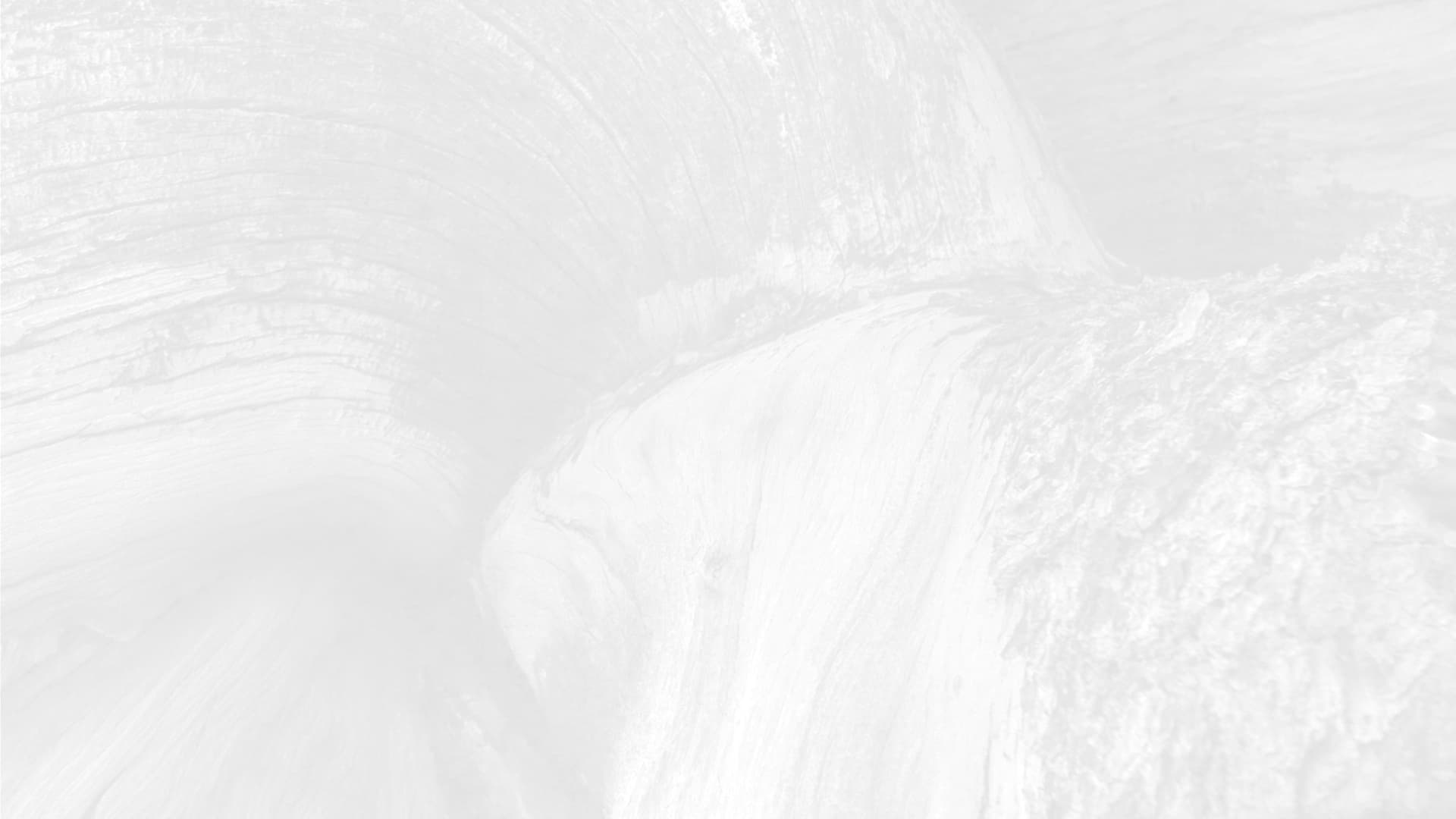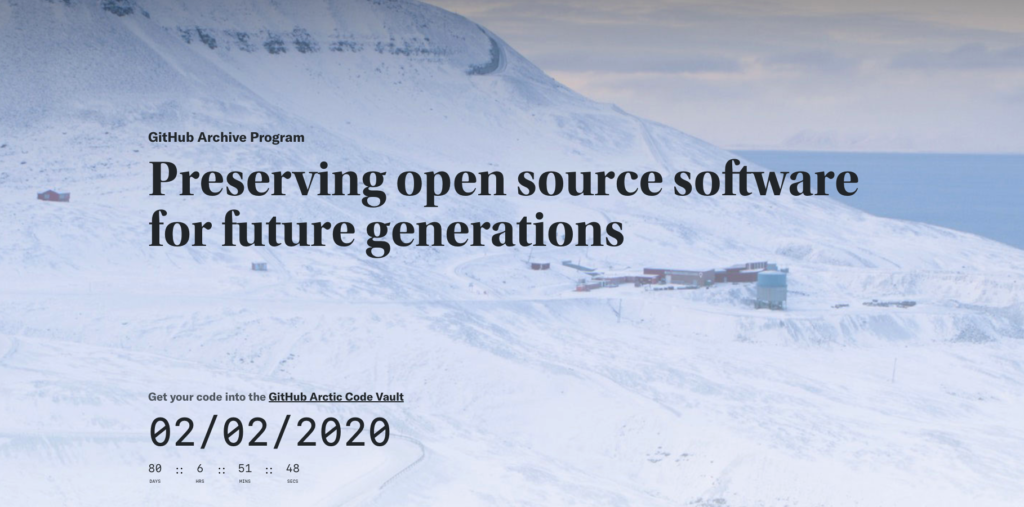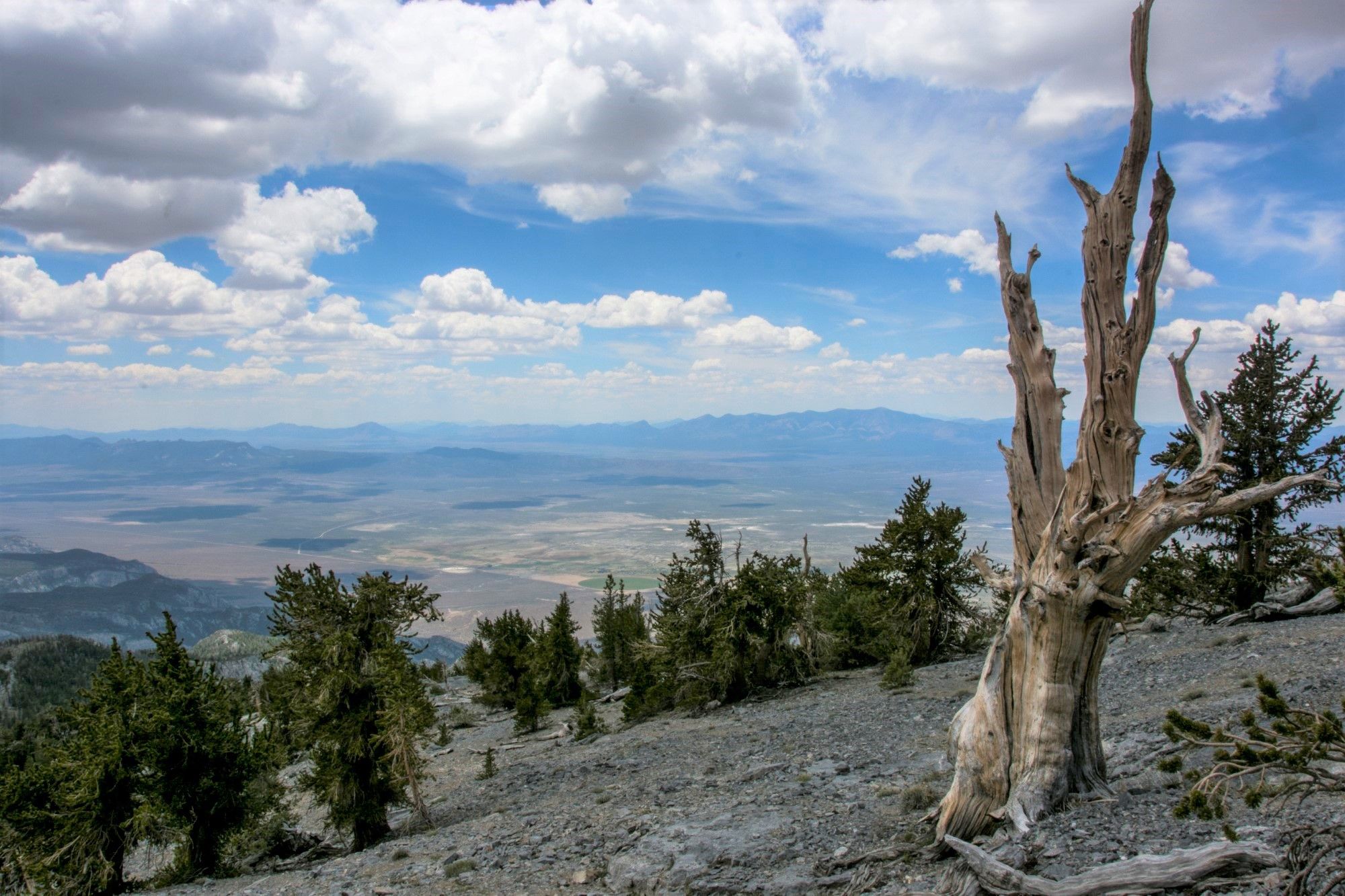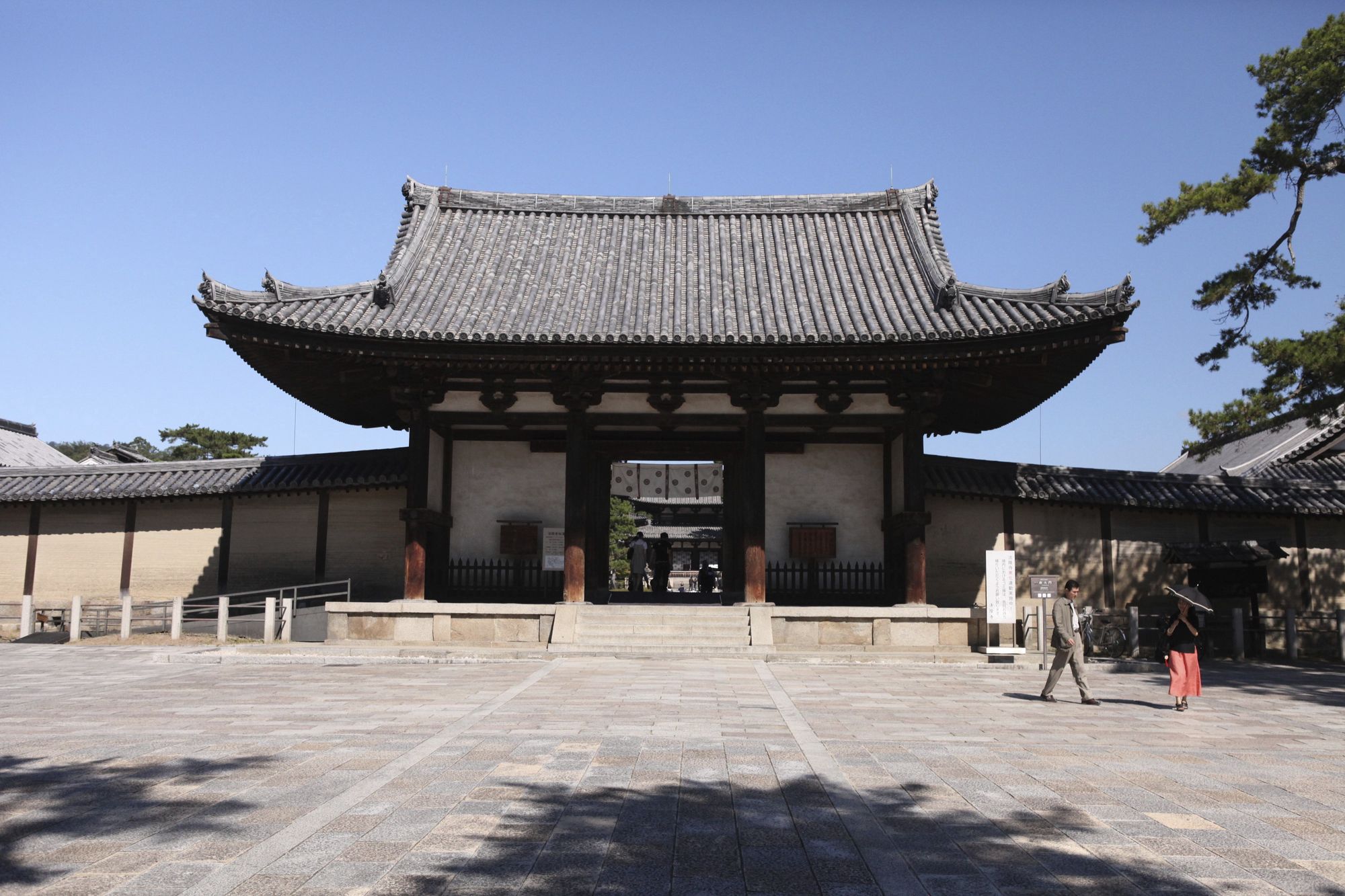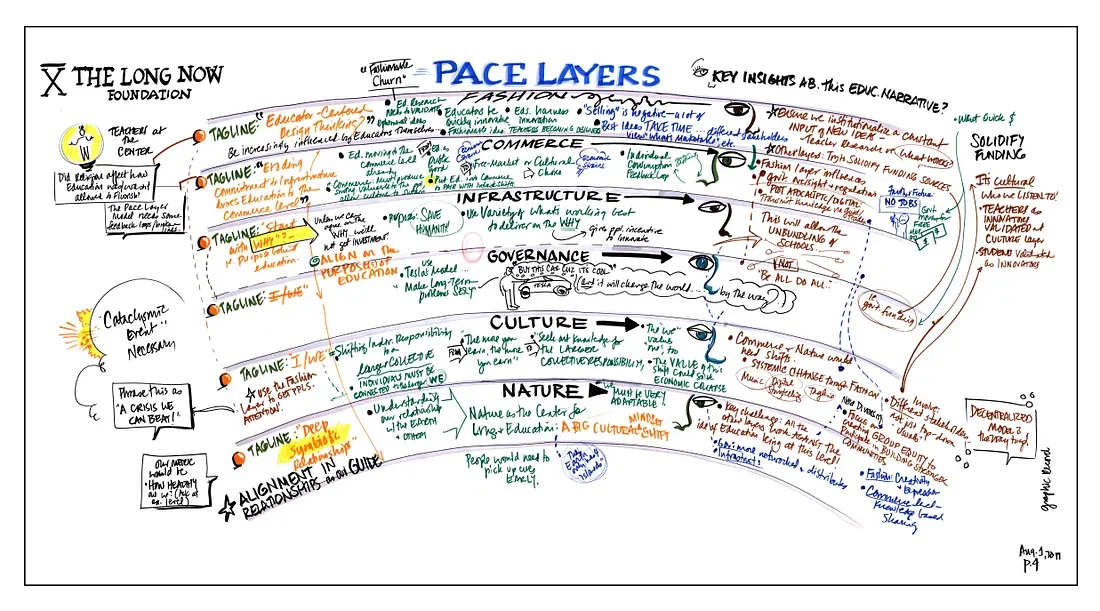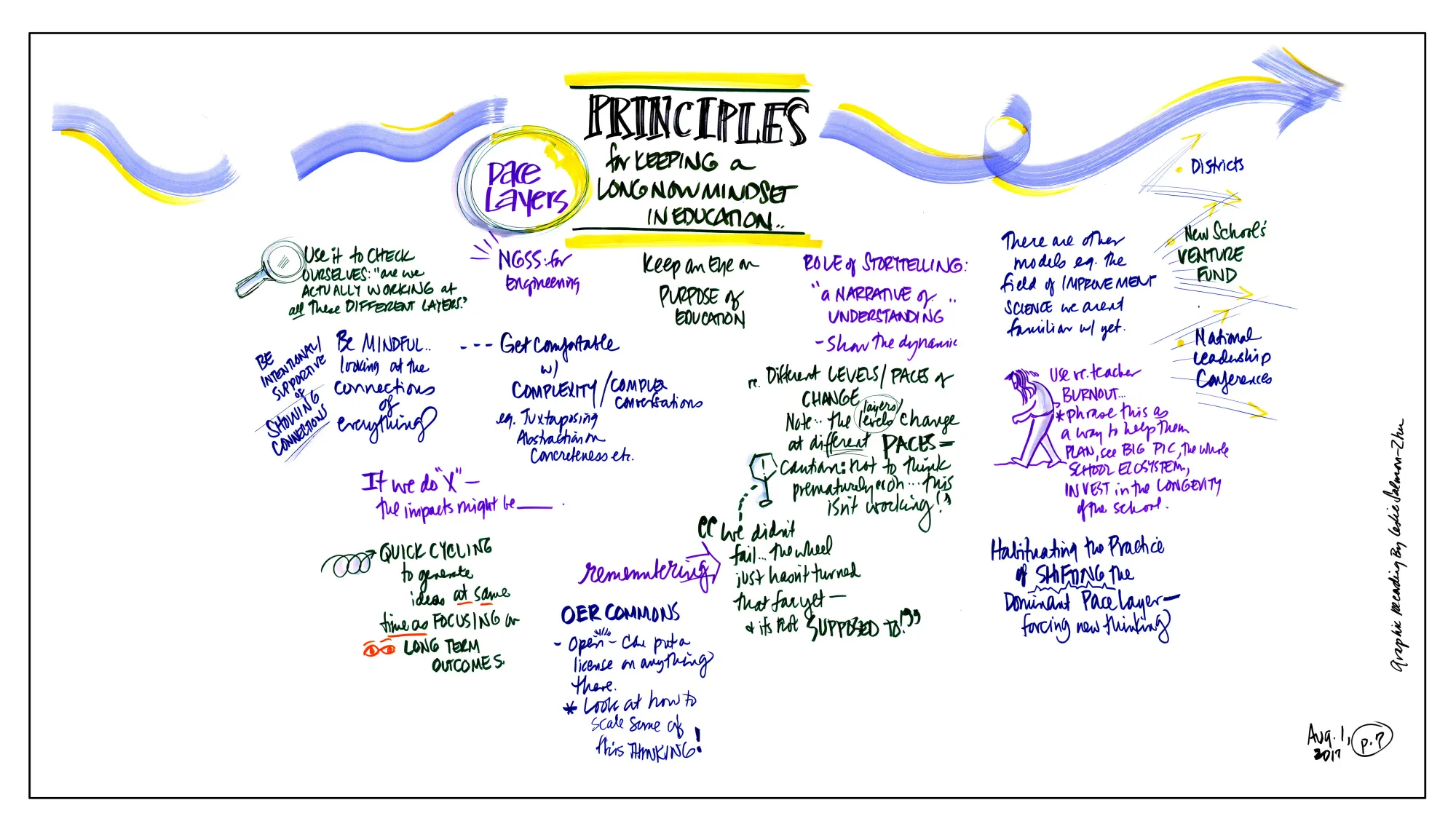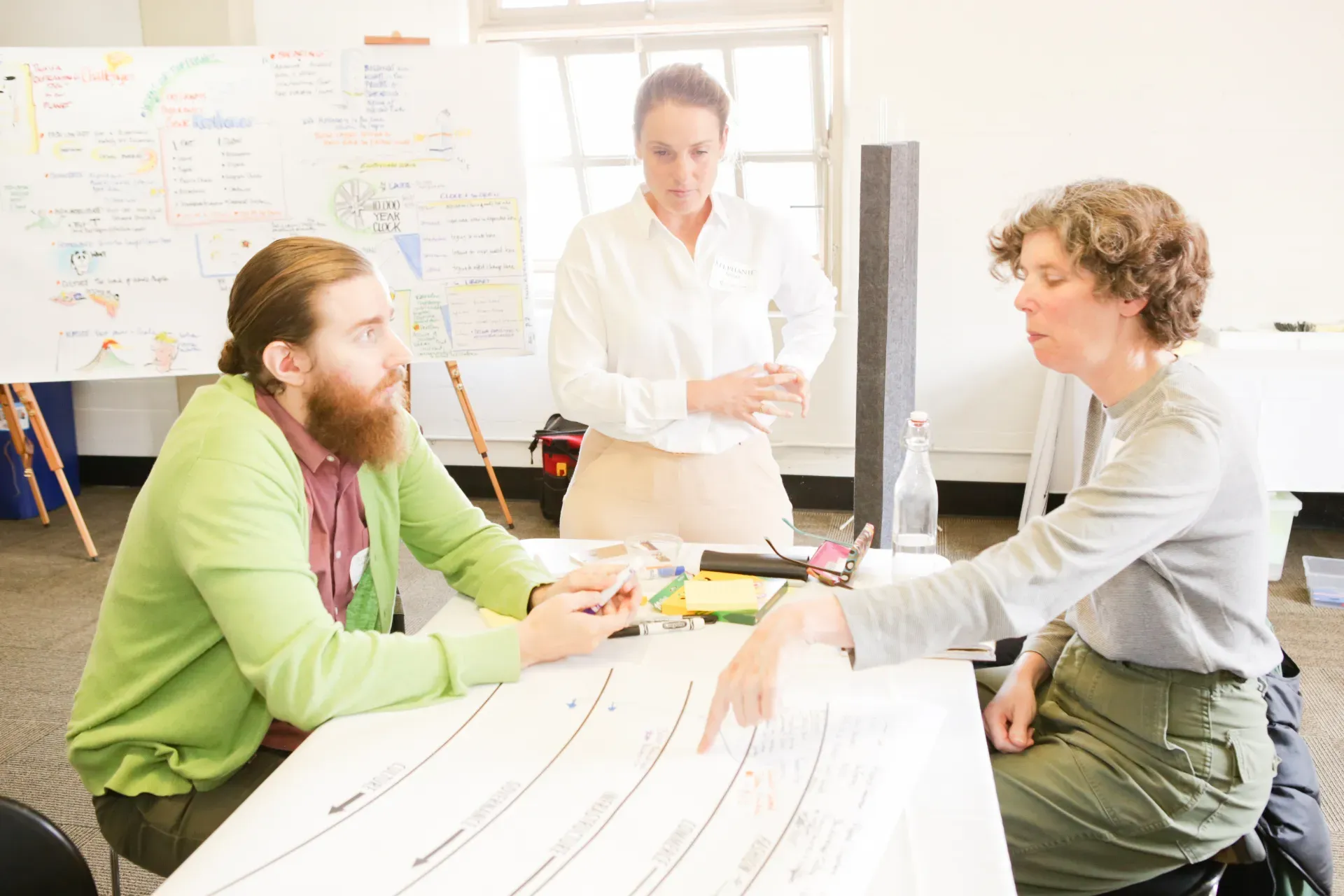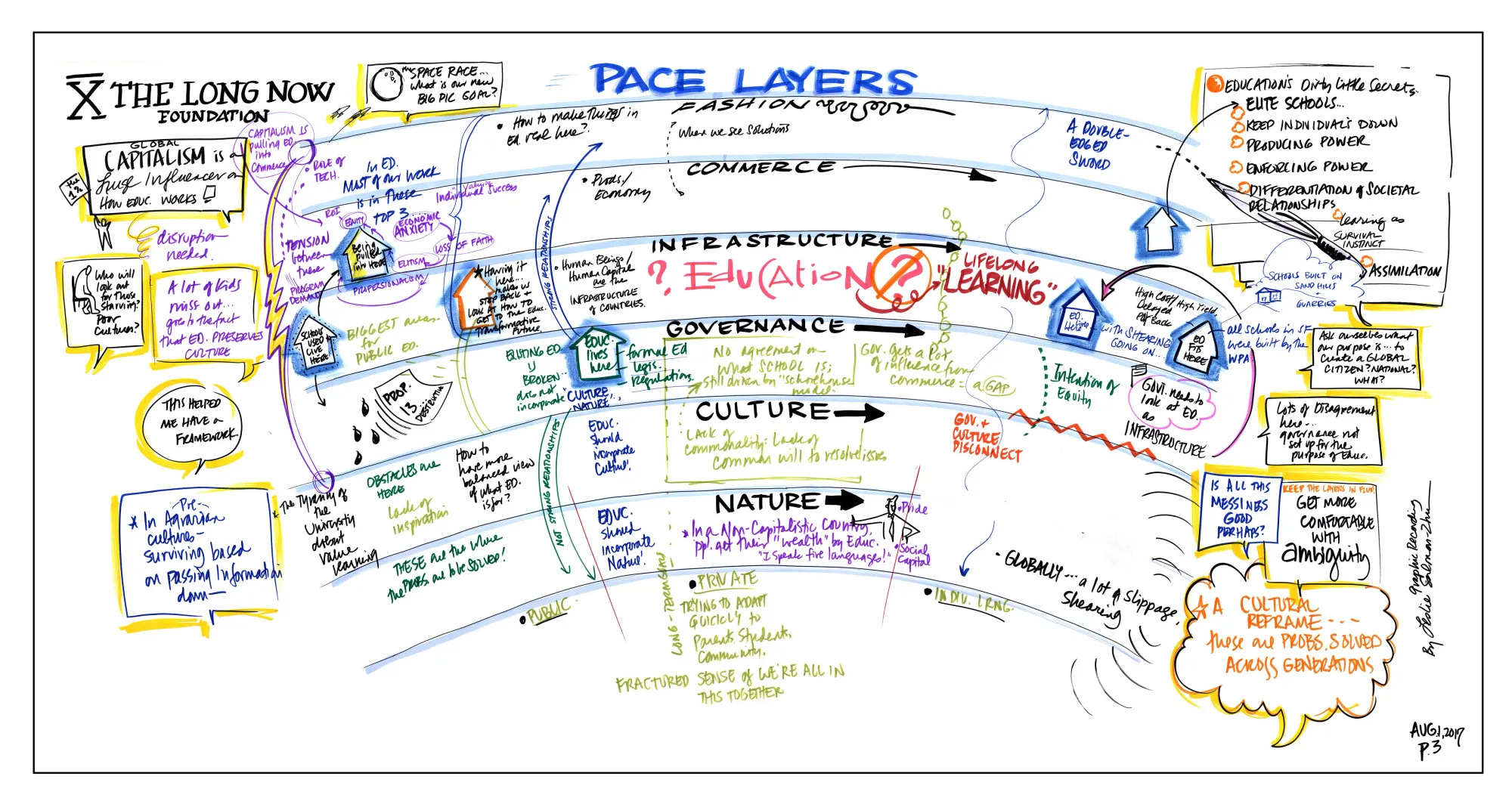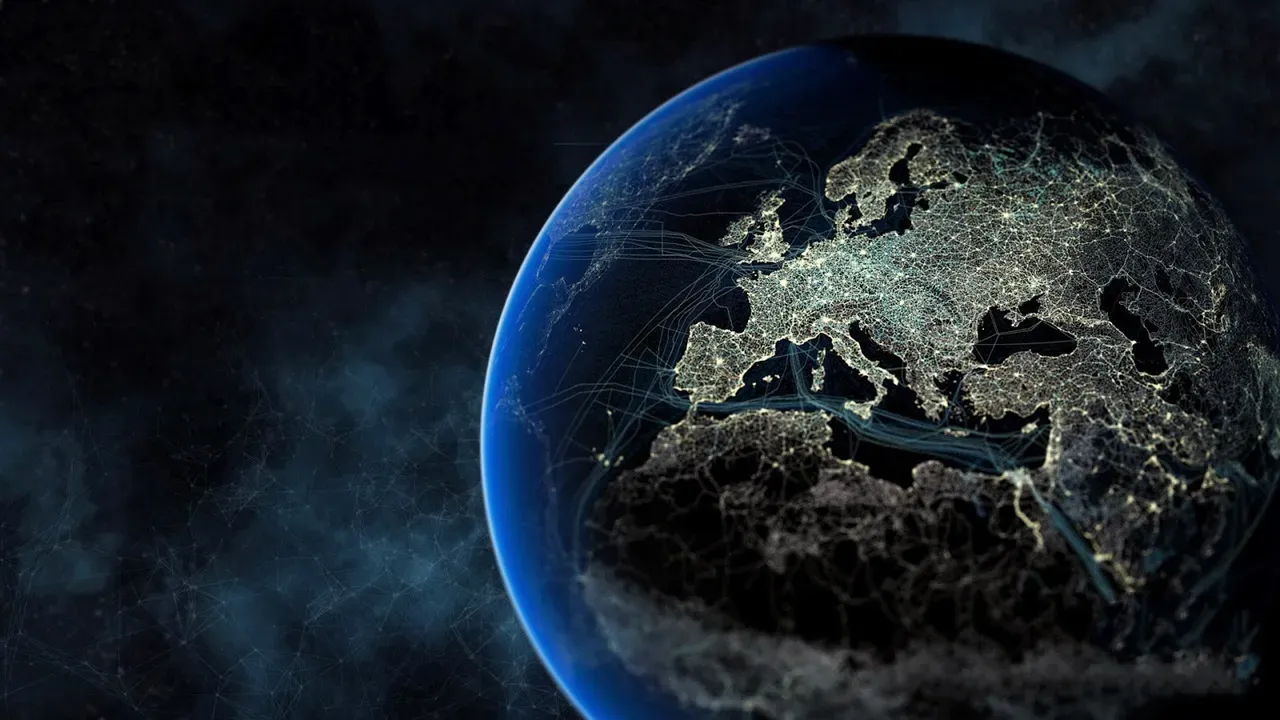Pace Layers framework
A tool for understanding how and why civilizations work
Elements of a Durable Civilization
by Stewart Brand
by Stewart Brand
The Pace Layers framework is a tool for understanding how complex systems work. The concept was first formulated by Stewart Brand in his Clock of the Long Now (01998) to describe how different components of civilization change at different speeds. It has since been applied to work in engineering, design, management, and education.
The core of the Pace Layers framework is this: our world is composed of different components — some quickly changing, others glacial. The fast layers respond rapidly to shocks to the overall system, while the slow layers hold memory and stabilize those changes on longer time-scales. The different layers provide a “many-leveled corrective, stabilizing feedback throughout the system” when taken as a whole.
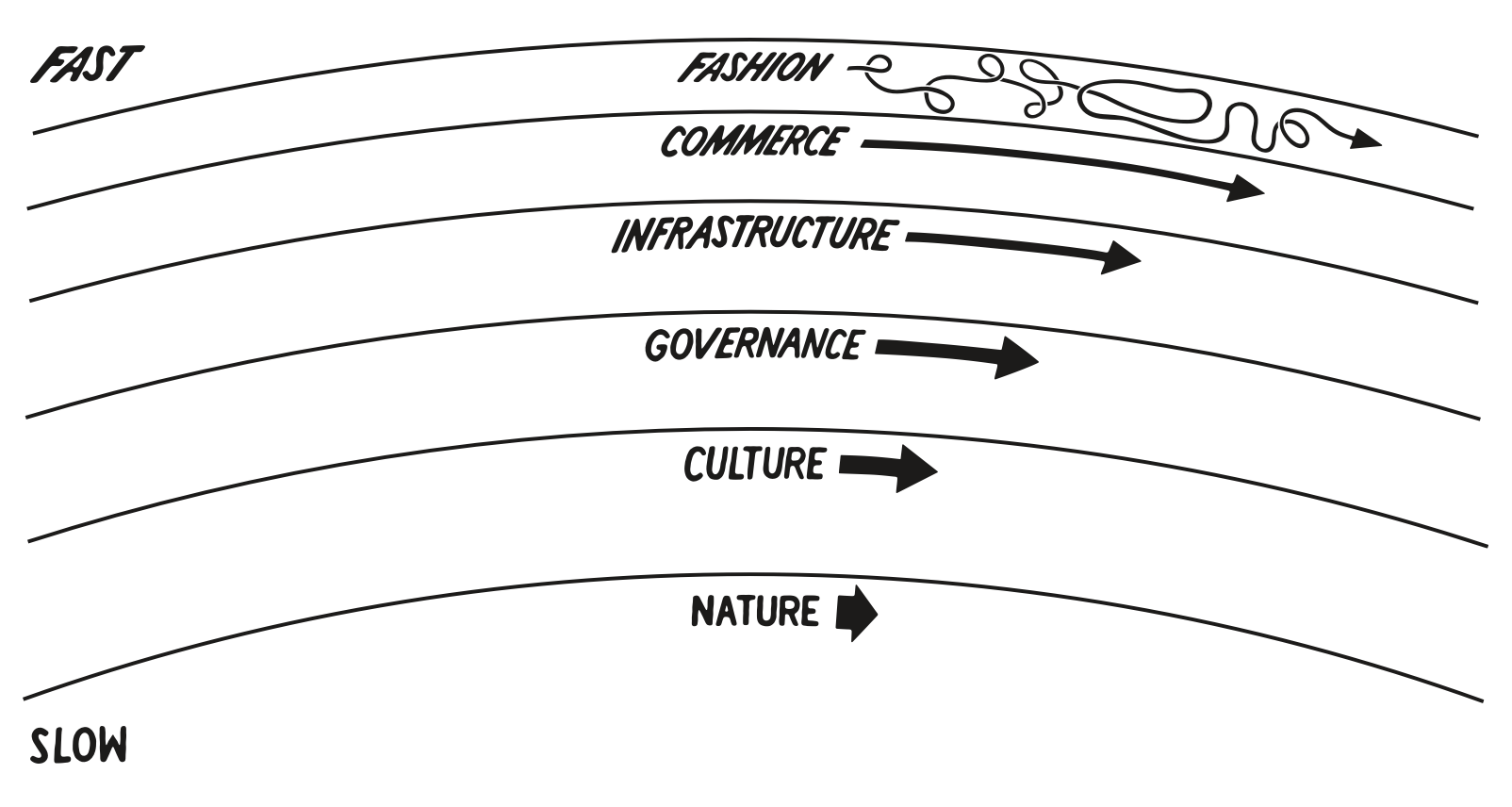
The layers are as follows, arranged from fastest to slowest:
- Fashion: The job of fashion is to be froth — quick, irrelevant, engaging, self-preoccupied, and cruel. Try this! No, no, try this! It is culture cut free to experiment as creatively and irresponsibly as civilization can bear, changing by the week or even the hour. From all that variety comes driving energy for commerce and the occasional good idea or practice that sifts down to improve deeper levels.
- Commerce: If commerce is completely unfettered and unsupported by watchful governance and culture, it easily becomes crime. Likewise, commerce may instruct but must not control the levels below it, because it’s too short-sighted. The proper role of commerce is to both exploit and absorb shocks of rapid change, passing some of the velocity and wealth on to the development of new infrastructure, but respecting the deeper rhythms of governance and culture.
- Infrastructure: Infrastructure, essential as it is, can’t be justified in strictly commercial terms. Governance and culture must be willing to take on the huge costs and prolonged disruption of constructing sewer systems, roads, and communication systems, all the while bearing in mind the health of even slower “natural” infrastructure such as water and climate. Education is intellectual infrastructure. So is science. They have very high yield, but delayed payback. Hasty societies that can't span those delays will lose out over time to societies that can.
- Governance: Governance operates at scales as small as neighborhoods and as large as the planet itself. In a robust civilization, it reins in commerce and underwrites infrastructure, absorbing shocks from above while respecting the constraints of culture and nature below. Its job is to be slow, but that doesn’t mean it cannot be innovative or responsive. As with the other slow-moving layers, sudden changes are probably a mistake.
- Culture: Culture’s vast slow-motion dance keeps century and millennium time. Slower than political and economic history, it moves at the pace of language and religion. You surrender to culture when you leave the bustling city for the remote village, where change is century-paced. You can see it in language, where slang changes by the year, but core words and shared signs endure for millennia. The faster layers learn; culture remembers.
- Nature: Like it or not, we have to comprehend and engage the longest now of Nature. Nature’s power is vast, inexorable, and implacable, operating at timescales beyond human comprehension. Climate, geology, ecosystems — slow most of the time, until they aren’t. Disturb nature at its own scale, and we risk triggering apocalyptic forces. Maintain it at planetary scale, and it keeps maintaining us. Faster layers get all the attention; slow has all the power.
Related Talks
Related Ideas
by The Long Now Foundation
The Future of Progress: A Concern for the Present
by Lucienne Bacon & Lucas Kopinski
Long Now Partners with GitHub on its Long-term Archive Program for Open Source Code
by The Long Now Foundation
Mountain Observatories and a Return to Environmental Long Science
by Scotty Strachan
The Data of Long-lived Institutions
by Alexander Rose
by Austin Brown
Join our newsletter for the latest in long-term thinking
Subscribe


